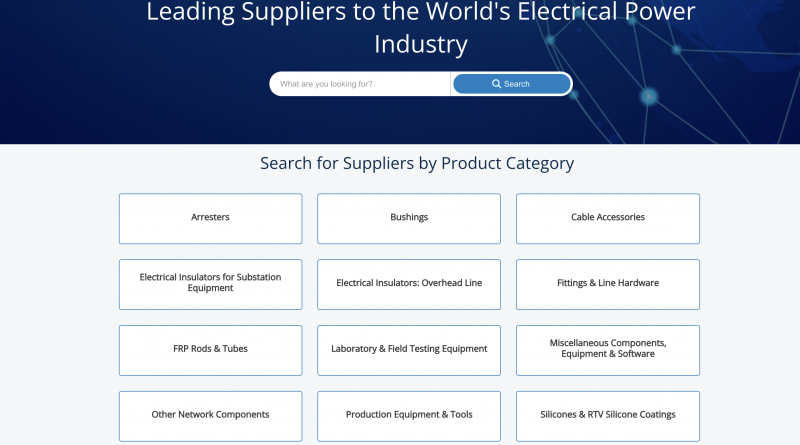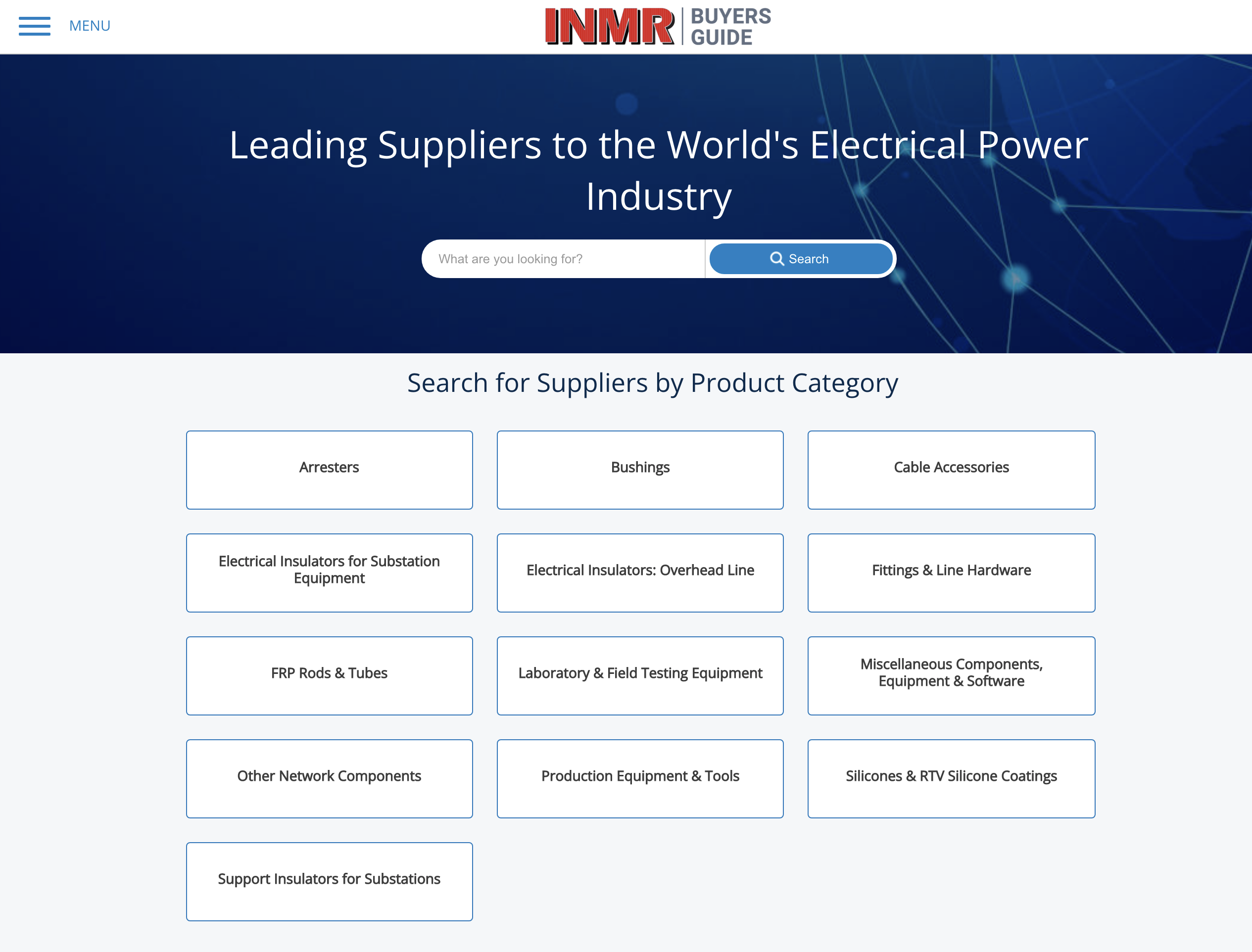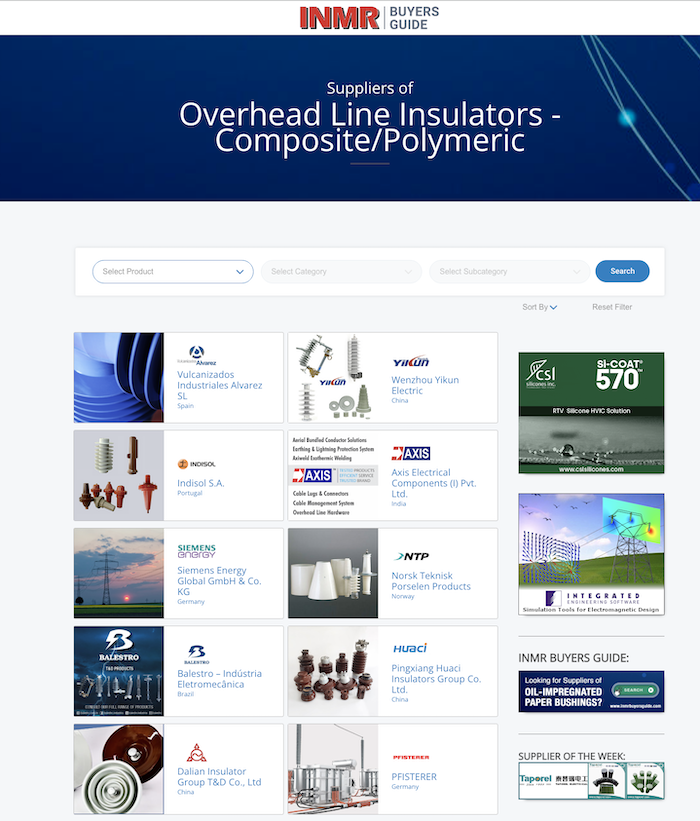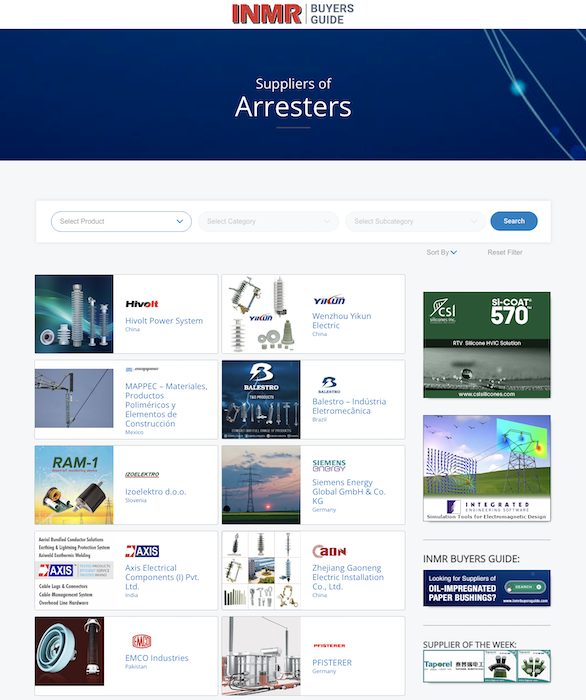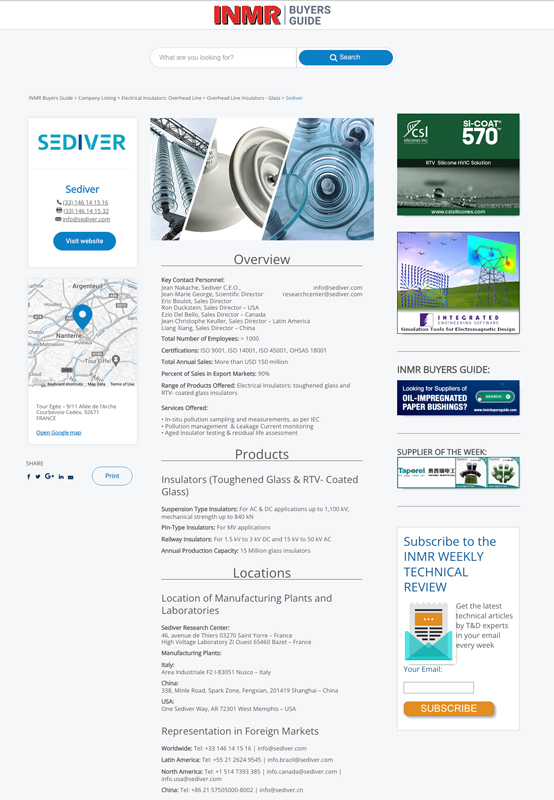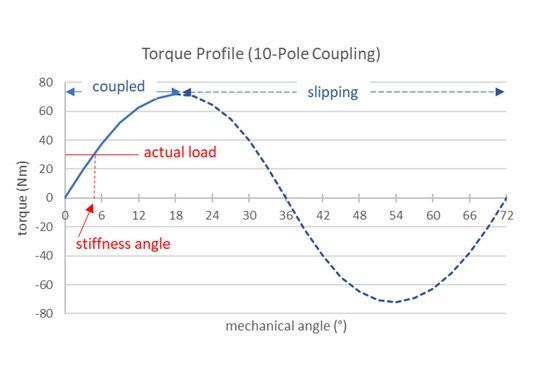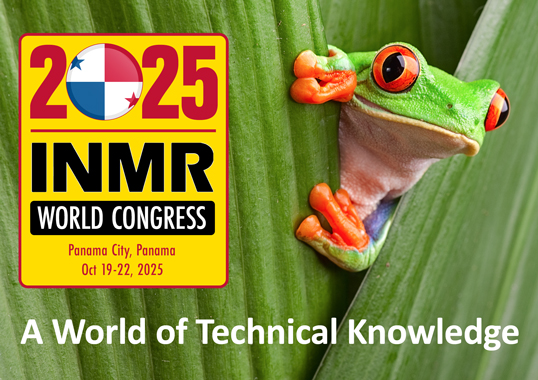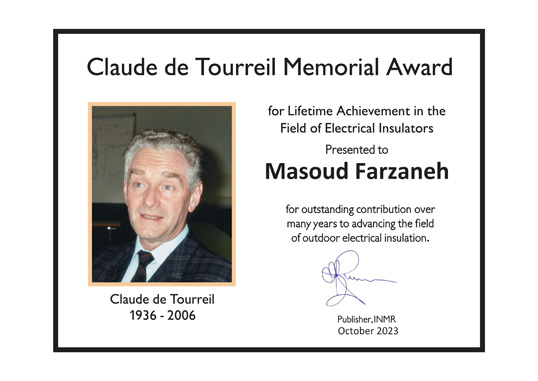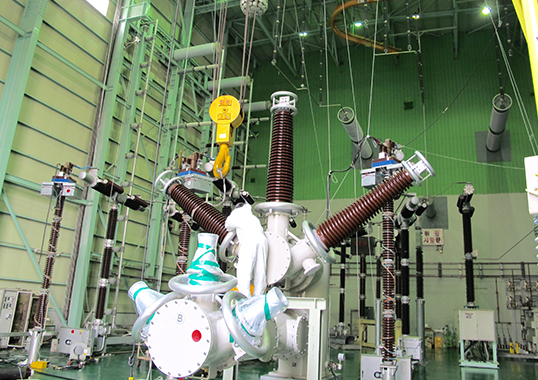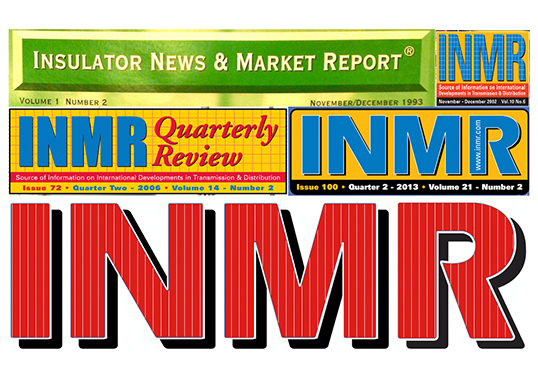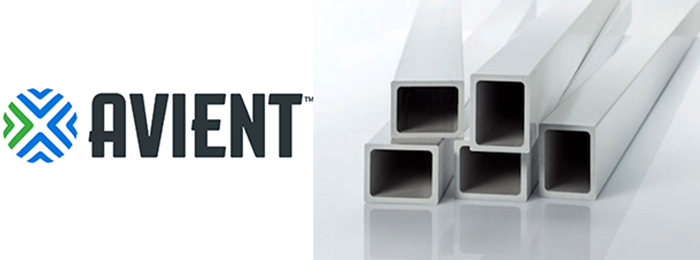Building overhead lines and substations that perform reliably for decades has always been a challenge. Many things can go wrong over such a time frame, especially given increasing pollution, more weather extremes linked to climate change, growing interactions with humans and wildlife – all potentially culminating in problems linked to flashover, mechanical or other types of failure.
Electrical insulators have been applied since the dawn of transmission as the interface between structures and energized conductors. It might therefore seem justified to think of them as ‘old technology’. One can look up at insulator strings supporting conductors on new lines and imagine that these are unchanged from what was used generations ago. But while they may appear similar, the past quarter century has witnessed a succession of achievements that make today’s insulators deserving of being labeled ‘high-tech’.
Modern insulators, as with the latest generation of surge arresters and bushings, clearly share ancestry with their early versions. Yet they have evolved to become superbly engineered and optimized, with unusually high, consistent quality given their comparatively low share of the total cost of lines and substations. Sometimes this evolution has been obvious, as in the case of sleek composite designs that offer high performance, with reduced weight and often less creepage – even in severe environments. But there have also been refinements to conventional porcelain and glass insulators that are now manufactured under better-controlled processes and with higher quality materials.
While new international standards have contributed to these advancements, much of what has been achieved in insulator design and performance these past years can be attributed to another factor: competition. In every industry, pressures linked to competition are necessary to unleash all the forces that result in superior products. This certainly has been the case for insulators, surge arresters and other network components. In the past, high market concentration among a small circle of manufacturers as well as various barriers to foreign trade represented obstacles to progress. Today, by contrast, large numbers of qualified suppliers scattered across the globe realize that the key to survival in this intensely competitive business lies in producing well engineered, quality products. For purchasers and users of insulators, arresters, bushings, cable accessories and other line and substation components, there has never been a better time to benefit from the choice from among an impressive range of qualified international vendors who stand ready to meet their needs.
Constantly updated INMR BUYERS GUIDE is your convenient portal to obtain information on the products and key contact personnel at all these leading vendors. Products are grouped by category and each category identifies potential vendors.
Clicking on any vendor’s name and logo opens up a link to valuable information that helps identify relative size and location of each supplier as well as the types of components offered.
INMR BUYERS GUIDE is an easy-to-use reference tool that helps link you to leading suppliers across the globe.
[inline_ad_block]

